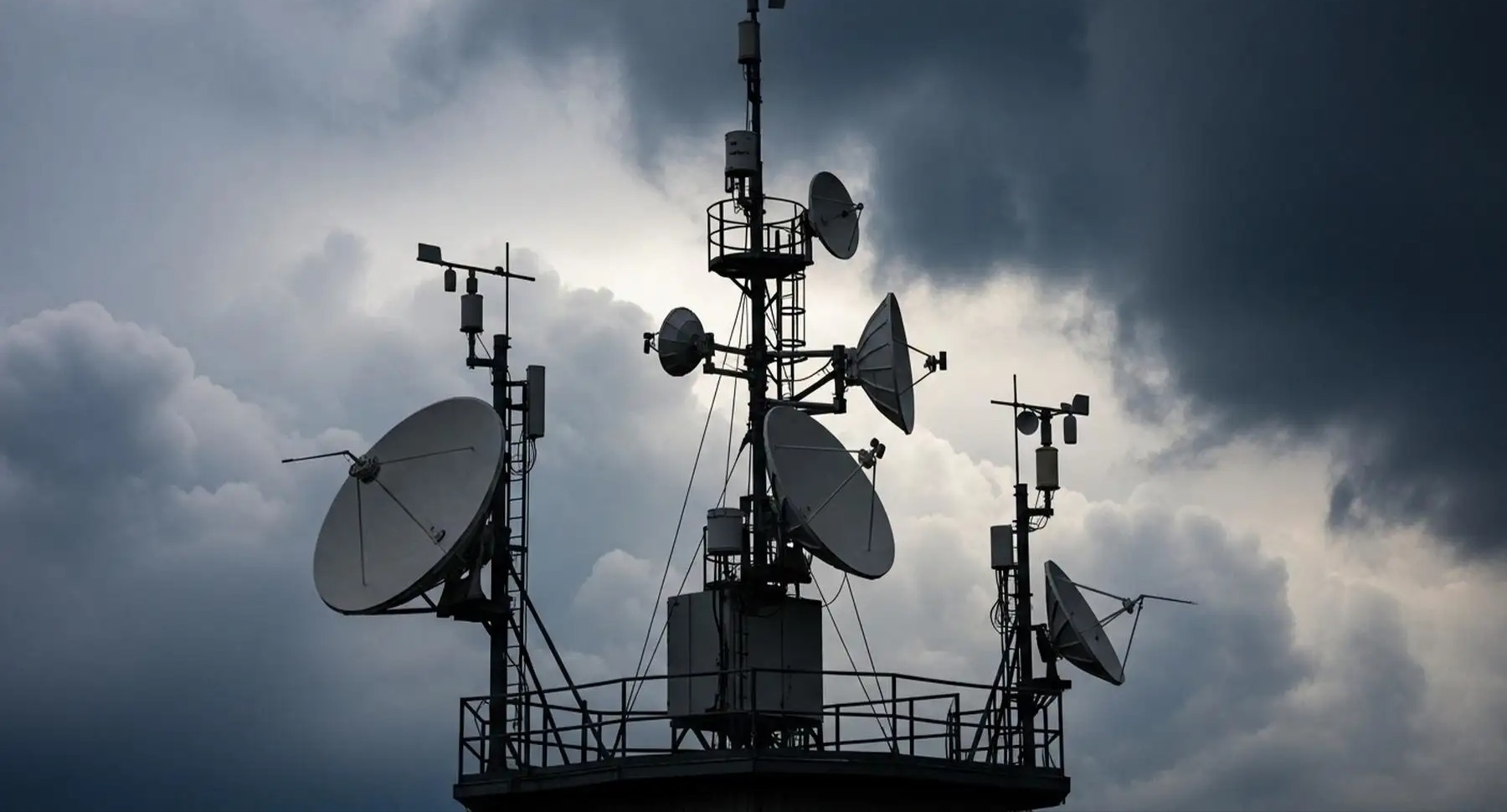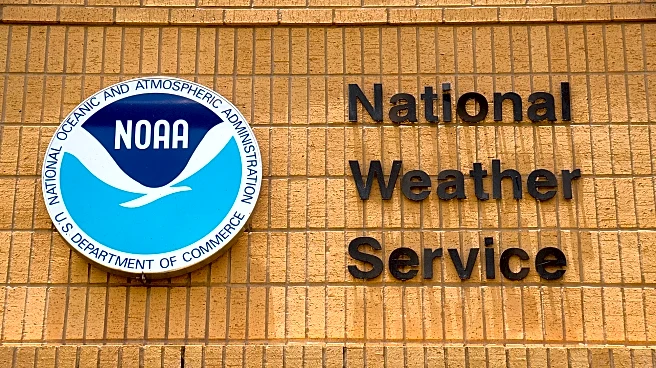What's Happening?
The National Hurricane Center (NHC) has announced that a system moving into the Atlantic has the potential to develop into the season's next tropical depression or storm. As of the NHC's 8 a.m. tropical outlook, a tropical wave is expected to emerge off the west coast of Africa by Monday. Forecasters have indicated that environmental conditions are conducive for slow development as the system moves westward to west-northwestward at approximately 15 mph across the eastern and central tropical Atlantic this week. The NHC has given the system a 30% chance of development over the next seven days. If it develops, it would be the seventh tropical cyclone of the season and could be named Tropical Storm Gabrielle. The most recent storm, Tropical Storm Fernand, became post-tropical early Thursday in the north Atlantic.
Why It's Important?
The potential development of a new tropical storm in the Atlantic is significant as it could impact weather patterns and safety measures in the region. The National Oceanic and Atmospheric Administration (NOAA) has updated its season forecast to predict 13-18 named storms this year, with five to nine expected to grow into hurricanes. Two to five of these could develop into major hurricanes of Category 3 or higher. The height of hurricane season runs from mid-August into October, and the entire season spans from June 1 to November 30. Monitoring and preparing for these storms is crucial for minimizing damage and ensuring public safety in affected areas.
What's Next?
The NHC will continue to monitor the system's progress and provide updates on its development potential. If the system develops into a tropical storm, it could prompt warnings and preparedness measures along the Caribbean and U.S. Atlantic coast. Stakeholders, including government agencies and emergency services, will need to stay alert and ready to implement safety protocols as necessary. The public is advised to stay informed through official channels for any changes in the storm's trajectory or intensity.













